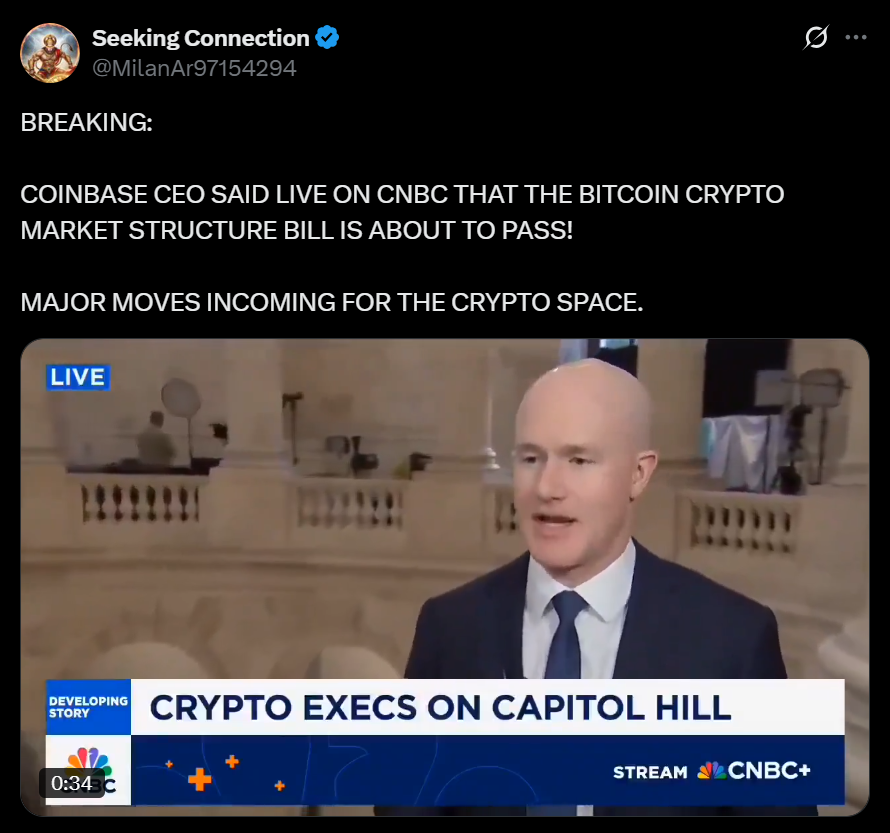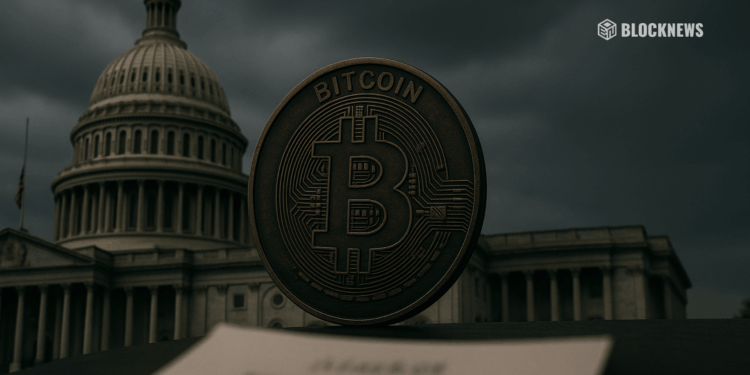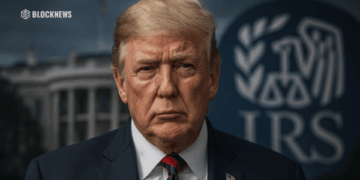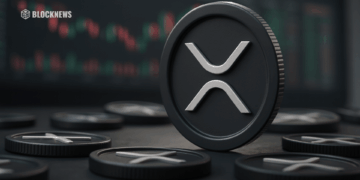- The Senate Agriculture Committee released a draft bill outlining how digital commodities may be regulated under the CFTC.
- Many key sections remain bracketed, showing bipartisan negotiations still underway.
- The legislative timeline likely pushes a final vote into 2026, though industry leaders see this draft as meaningful progress.
The Senate Agriculture Committee has released its own discussion draft of a sweeping crypto market structure bill, laying out how digital commodities may be regulated and how much authority the Commodity Futures Trading Commission (CFTC) could receive. While the bill is still early and full of bracketed sections awaiting bipartisan agreement, its release signals that Congress is actively working toward a unified regulatory framework — even as time runs thin in 2025.

What the Draft Bill Tries to Establish
The proposed text attempts to define digital commodities and position the CFTC as the primary overseer of the spot crypto market. It also outlines how Congress envisions the agency’s expanded role, though many areas remain open for negotiation. These unresolved details include foundational definitions, conflict-of-interest provisions, and rulemaking guidance that could significantly shape how the crypto landscape is governed.
Committee Chair John Boozman emphasized that expanding CFTC oversight must be paired with adequate resources, tools, and personnel to prevent regulatory gaps. Meanwhile, Sen. Cory Booker called the draft only “a first step,” highlighting concerns about corruption risks, regulatory arbitrage, and whether the CFTC has enough bipartisan commissioners to operate effectively. Some provisions specifically state that the CFTC must have at least two commissioners from the minority party before implementing rules — but those sections remain bracketed and unfinished.
Industry Response Shows Clear Support
Despite the uncertainty, the crypto industry largely welcomed the draft. Blockchain Association CEO Summer Mersinger called it “another important step,” while DeFi Education Fund’s Amanda Tuminelli said it was encouraging to see the Committee making real progress. The Crypto Council for Innovation described the draft as “meaningful positive progress” toward comprehensive U.S. digital commodity market rules.
However, key DeFi-related sections are still missing. Industry participants are hoping the final bill will clearly distinguish between centralized intermediaries and independent developers who don’t control user funds.
The Legislative Timeline Is Tight
The biggest challenge now is time. Congress has only a handful of working weeks left in December, making it unlikely that full hearings, markups, and votes can happen before year-end. Policy experts expect serious floor consideration to begin in 2026 instead, especially since the bill must be reconciled with the Senate Banking Committee’s parallel work.

Once both committees align, the unified bill would move to the House of Representatives — which may want to insert provisions from its own Clarity Act. Ultimately, the Senate is still expected to “be in the driver’s seat,” meaning the House may have to adopt most of the Senate’s structure before the legislation reaches President Trump’s desk.
Looking Ahead
Any finalized market structure bill will still require a full House vote and is unlikely to reach the President until sometime in 2026 — just as election season heats up and even though the timeline is long, the publication of this draft confirms that Congress is still moving toward a national framework for digital commodities, giving the industry its clearest regulatory signal in months













